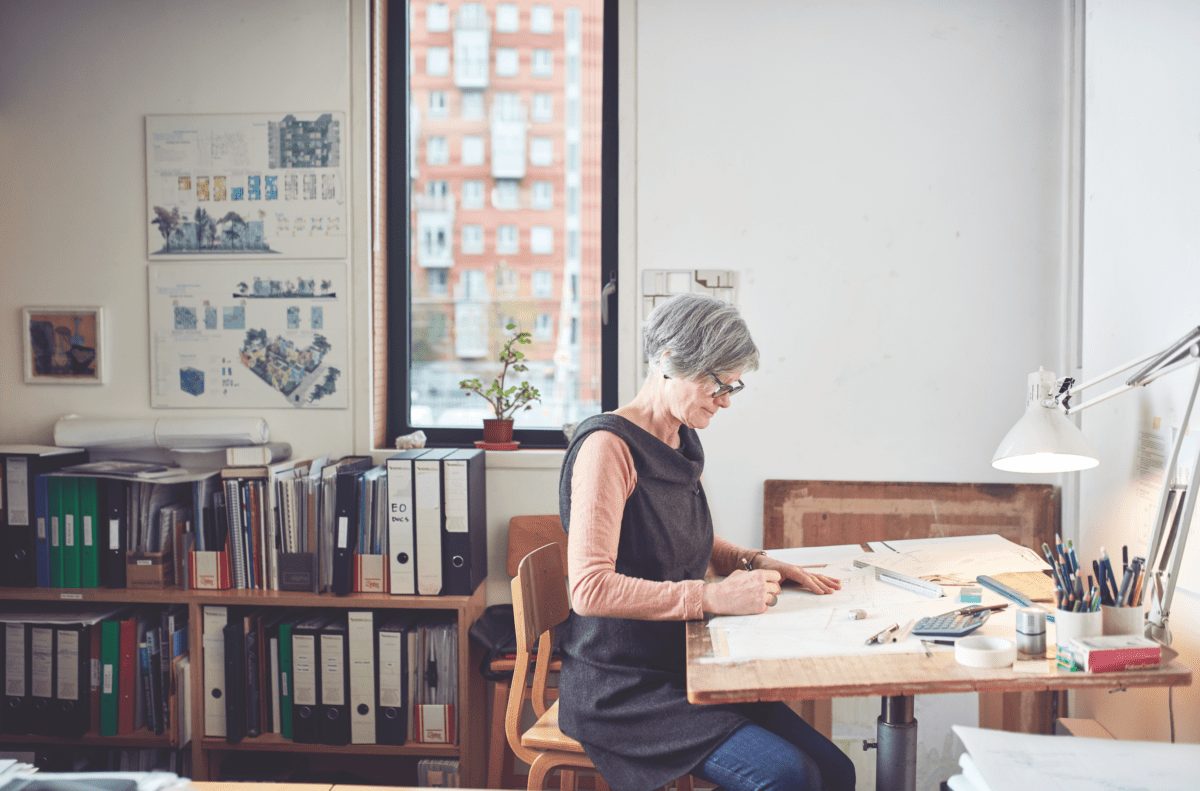
Now that we’re also working from home, where do we have left to escape to?
Before 2020, working from home seemed attractive. It was an exciting employee perk and promised to boost retention. After all, who wouldn’t want to roll out of bed after an extra hour of sleep?
However, as Covid-19 has forced offices to close and employees have taken on a more hybrid approach to work since 2020, homeworking isn’t exactly the perk it once was. Rather, it has highlighted why it isn’t necessarily the dream we thought it would be.
From London to Milan and beyond, domestic spaces around the world have transformed into adaptable workspaces to accommodate the new rise of telecommuting.
The dining table – once a place to socialise with friends or family – has been converted into a makeshift workstation, while ironing boards are our new standing desks. Today, we aren’t going to work anymore; we are waking up inside the office.
Read more: Hybrid Working: A matter of reputation?
Prior to the pandemic, working from home was on the increase already, with a rising number of people operating from their place of residence.
Take British architect Sarah Wigglesworth as an example, who has been living and working from her north London house at Stock Orchard Street for over 20 years. While Wigglesworth has found a unique harmony between business and leisure, not everyone has been as successful as the award-winning designer.
In April 2020, the Office for National Statistics (ONS) revealed that over 46% of the UK worked from home in some capacity. ONS data also showed that 30% of these people were working more hours than required, resulting in many being overworked, stressed and tired.
While we gained time from not commuting, this was now being used to overcompensate and complete additional work. As the pandemic has changed our very idea of what constitutes a work/life balance, some have found it difficult to stop working when there is no need to physically leave our place of work anymore.
Read more: 5 ways to work well from home and manage your time more effectively
The living room doesn’t magically become a blissful retreat as we finish our final virtual meeting for the day. Not only can this make one’s living quarters a tense location but switching off our always-on culture can bring different challenges altogether.
According to Nuffield Health, the UK’s largest healthcare charity, 80% of Brits feel that homeworking has negatively impacted their mental health. In addition, by not being around our colleagues, 36% of people feel as if they always have to be at their computer.
At the office, many of us spent time chatting with our colleagues as we made a coffee by the tea-point. However, as we were then unable to speak face-to-face with co-workers, employees have been locked to their seats and screens instead.
Therefore, it is crucial for employers to help guide employees towards better health. From encouraging flexible working hours to prioritising movement and relaxation through virtual gym discounts or investing in clever design solutions to unblur the boundaries between work and home, establishing a healthy work/life balance is essential for our wellbeing and to avoid the risk of physical and emotional burnout while working from home.
Read more: 5 tips to improve work-life balance when working from home
As the office becomes a redundant vessel, our houses are gradually shifting into ad hoc workplaces. Typically, viewed as zones of retreat, our dwelling spaces are no longer an escape from the fangs of contemporary life.
With people increasingly operating remotely, the lines between work and leisure are beginning to blur. Where do you rest after your job is finished for the day? How do you escape the pressures of work when your therapeutic cycle through the city has been downgraded to a sluggish walk down some stairs?
By staying in the same building all day, employees are essentially bounded to their working environments. This begs the question: can we truly call the home a ‘home’ if we are always working there?
This is an edited article originally featured in OnOffice 154, Spring 2021. Read a digital version of the issue for free here
Image by Alun Callender for Sarah Wigglesworth and OnOffice





















